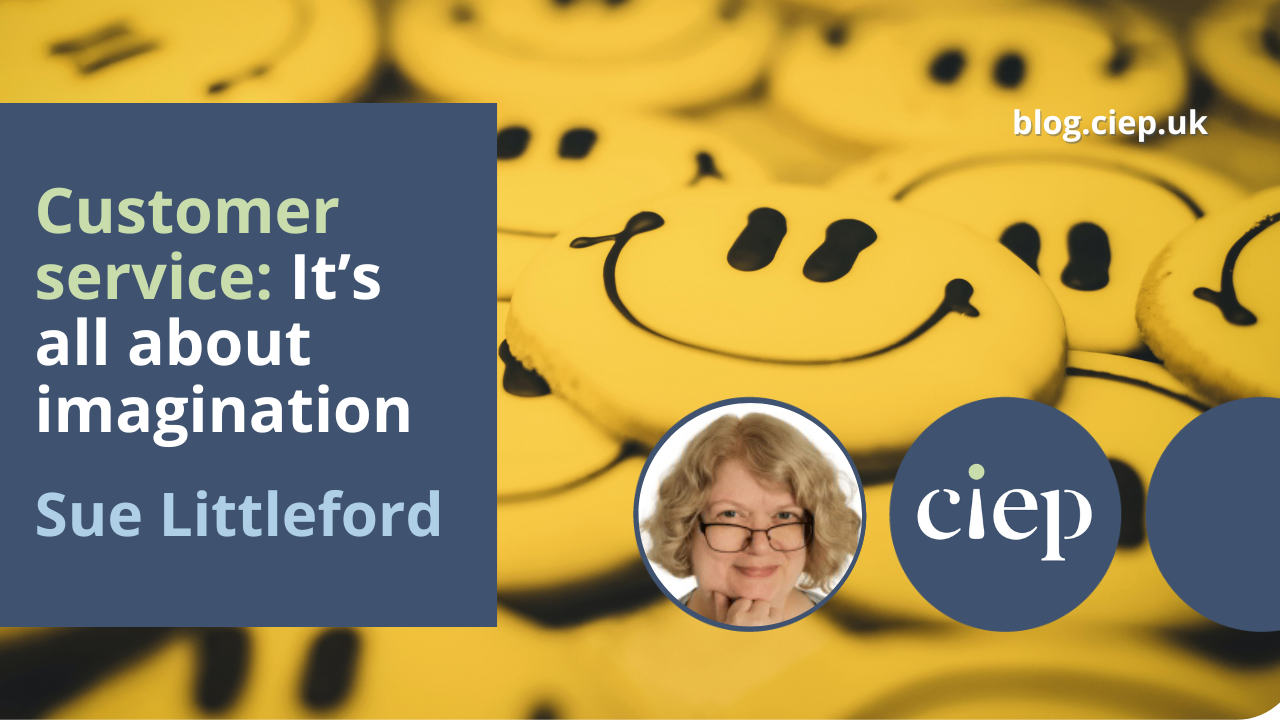Us editors and proofreaders are important people in the publishing process – of course we are! But Sue Littleford reminds us that we need to remember we are but a small cog in a larger wheel.
As copyeditors and as proofreaders, we know the value we bring to the finished product, and we know the effort we expend when working with text: the expertise, the diligence, the focus, the conscientiousness.
So it’s easy to start thinking that we’re actually very important people. We are, of course, but – brace yourselves – we’re not the be-all and end-all of getting a book, or an article, or whatever text we’re working on, to publication.
We literally need to know our place – in the publishing process.
Why?
Because if we don’t, we won’t – except by luck – produce outputs that fit precisely with what the client needs to move the text along its tracks. (And we will struggle to understand what’s happened to the text before it reaches us.)
It’s actually basic customer service – putting yourself in the client’s shoes, whether that’s a publisher, a packager, the author, a business or the charity you’re volunteering for.
Part of the job of learning to be an editorial professional includes learning about the context in which you’re working, so you can supply the service that is actually required of you.
For proofreaders – in particular, beginning proofreaders – the hardest thing to judge is what’s too much intervention, and what is not enough. One of the CIEP’s tutors on the proofreading suite of courses tells me that this is the area that students generally take longest to learn – but it’s a crucial notion. No one wants the proofreader creating new problems by re-editing the book or changing the layout: it’s not their job, and it’s out of sequence in the publishing process.
What’s the job?
What work are you being hired to do? A heavy language edit? A light-touch edit? A proofread or a proof-edit? You need to know, so don’t be afraid to ask if it’s not clear from the information initially supplied. If you don’t know what you’re pricing for, that’s bad for business.
Do you know if you’re expected to carry out multiple rounds of editing for your fee? Your contract, whether it’s your own or your client’s, needs to spell this out. If there’s no formal contract, you still need to know so get it in writing in an email at the very least.
What has the file been through before it gets to you?
This is important to know because you need to understand what you’re getting yourself into. It’s good business sense to provide your estimate based on facts, not assumptions, so do ask what you’ll be getting, and get specific answers.
If you’ve never worked with pre-edited files before, you are in for a shock when the first one lands in your inbox, and you are quite likely to rush to the CIEP forums asking what all those colours and links are, and whether you can delete them (no, you can’t – you’ll be adding to them, actually).
If you’re working directly with an author then you’ll be getting the raw files. But what’s their story? What software were they produced in? Word? What version? (A lot of people are still working in really old versions of Word – be alert!) Something else? OpenOffice? Scrivener, maybe? Can your computer handle that? Google Docs? Can you handle that?
Is it as ‘simple’ as a file produced on a Mac being edited on a PC? Are you aware of the type of problems that might arise, and do you have solutions – or do you know where to look for them?
If it’s an academic text, has the author used referencing software and left the links live? What are the implications for you? Have you allowed enough time in your schedule to deal with them, and costed it all into your fee already?
What’s the workflow?
As I draft this, I’m in negotiation with a new client, who has asked me to provide cost and time estimates for a book. I got the subject, the title and the word count.
So I asked how he wanted author queries dealt with. Resolve them all directly with the author? Provide queries in comments bubbles, return the file and call it good? Send the edited full manuscript to the author for approval and query resolution, then get it back for a second round of editing?
You can see how each possibility has time implications, and therefore cost and scheduling implications.
Knowing the workflow that’s expected is a critical element in knowing how to price a job, and knowing whether it will fit into your schedule or not.
Deadlines matter
Yes – I also asked that client about deadlines. He’s a packager, so he needs to meet the publisher’s schedule for print-ready files, and therefore I must be able to meet the packager’s deadline to give him enough time to do his own work after I’ve finished, and to produce those print-ready files by the due date.
You’re not going to get repeat business if you miss deadlines.
If you’re running late, that puts additional, unwarranted pressure on the people who follow you in the process – typesetters or designers, proofreaders, authors, collators, printers, ebook producers, marketers – to make up the time you lost. Or it simply delays publication.
Some academic books are timed to come out just before major conferences, or for the start of the academic year, and simply cannot be late.
You need to be sure when you accept a job that you know what it entails and that there really is space in your schedule for it. Misplaced optimism is not your friend.
What’s going to happen to the file after you’ve done your editing?
This is important so that you produce what the client needs from you. It’s not good business to do anything else, is it! But do you make sure you actually know?
If the file is going off for layout or typesetting, and it’s not already been through pre-editing, do you need to use styles or tags to let the typesetter or designer know what to do? That’s fundamental information you need to know before you start work, or you risk producing a file that can’t be used by the people who follow you in the production schedule.
If the file is going to be an ebook, have you formatted according to the platform’s specification? If you’re to produce a print-ready PDF, did you know you need to embed the fonts in the Word file before making the conversion, so that the PDF will print correctly?
Communication and handover documentation
Knowing your place in the publishing process means, too, that you’ll understand what kind of handover documentation you need to produce, and it will, in fact, inform all your communication with the client and/or author.
For instance, do you know whether the publisher expects the author to be the sole proofreader, or will a professional proofreader also see the text? The author will need the style sheet and the word list every bit as much as the proofreader.
Therefore, if you have direct contact with the author, be sure to send that handover documentation, and to tailor it. Some of my publisher and packager clients want a list of special sorts, and tag codes. A proofreading author won’t need those, and might be rather confused to receive them – so don’t just send to the author what you send to the publisher. Provide excellent customer service – put yourself in their shoes, remember.
And, from another point of view, if you’re a proofreader, do you ask for the style sheet and word list if it’s not offered to you? They will exist if the text was copyedited by an editor who understands their place in the publishing process. Don’t just start grumpily compiling your own if you don’t need to! You might find that seeing the copyeditor’s decisions makes your proofread a bit less difficult.
Does your client actually specify how handover should be done? I have one client who provides a file for me to complete; others let me do things my own way. Some clients want the editor to provide running heads, others don’t. When you start on the job, make up a checklist of everything you need to return. Don’t leave it until the end, then discover the hard way that you’ve overlooked something in the rush.
Final thoughts
Understanding the publishing process, even in outline, means you understand your place in the scheme of things, and therefore the value that you bring. You can enhance your value by being smart about ensuring you’re fully briefed on what the work is going to be, and how it’s going to arrive, what the expected outputs are, and by when.
Copyeditors and proofreaders are links in a chain, not the tail trying to wag the dog.
About Sue Littleford
Sue Littleford is the author of the CIEP guide Going Solo, now in its second edition. She went solo with her own freelance copyediting business, Apt Words, in March 2007 and specialises in scholarly humanities and social sciences.
 About the CIEP
About the CIEP
The Chartered Institute of Editing and Proofreading (CIEP) is a non-profit body promoting excellence in English language editing. We set and demonstrate editorial standards, and we are a community, training hub and support network for editorial professionals – the people who work to make text accurate, clear and fit for purpose.
Find out more about:
Photo credits: header image by DS stories on Pexels, woman working on a laptop by Vlada Karpovich on Pexels, planner with two pens on top by 2H Media on Unsplash.
Posted by Eleanor Smith, blog assistant.
The views expressed here do not necessarily reflect those of the CIEP.

















